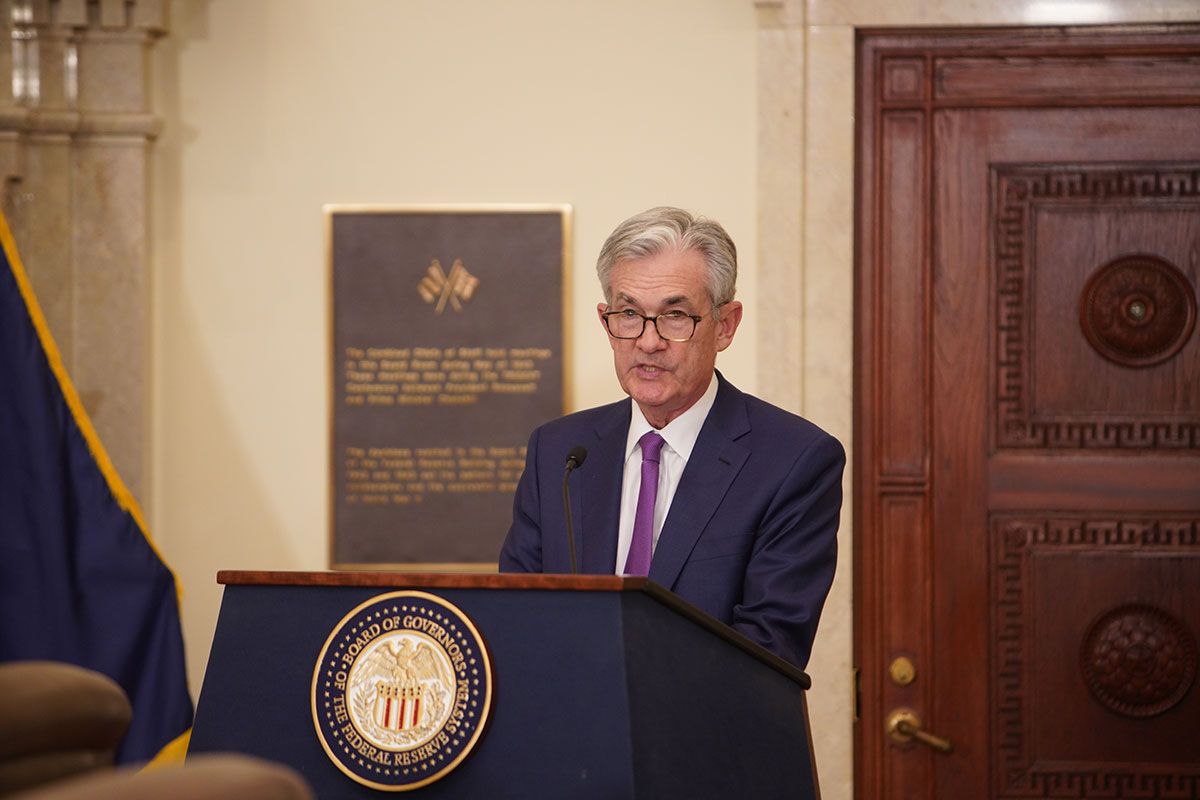US core PCE inflation likely steady in April as markets price Federal Reserve rate cut for September

The core Personal Consumption Expenditures Price Index is expected to rise 0.1% MoM and 2.5% YoY in April.
Markets expect the Federal Reserve to hold the policy setting unchanged in June.
Annual PCE inflation is forecast to edge lower to 2.2%.
The United States (US) Bureau of Economic Analysis (BEA) is set to release the Personal Consumption Expenditures (PCE) Price Index data for April on Friday at 12:30 GMT. This index is the Federal Reserve’s (Fed) preferred measure of inflation.
The core PCE Price Index, which excludes volatile food and energy prices, is projected to rise 0.1% on a monthly basis in April, after remaining unchanged in March. Over the last twelve months, the core PCE inflation is forecast to edge lower to 2.5% from 2.6%. Meanwhile, the headline annual PCE inflation is seen retreating to 2.2% from 2.3% in this period.
Anticipating the PCE: Insights into the Fed's key inflation metric
PCE inflation data is usually seen as a big market mover because it is taken into account by Fed officials when deciding on the next policy move. During the press conference following the May meeting, Fed Chairman Jerome Powell noted that inflation remains above their target and added that they expect upward pressure to persist. Citing “a great deal of uncertainty about tariffs,” Powell argued that the right thing for them to do is to await further clarity before taking the next policy step.
Previewing the PCE inflation report, TD Securities said: “We look for core PCE prices to remain subdued in April, rising 0.1% m/m after printing flat in March—though last month's data will be revised higher. Headline PCE inflation should also come in soft at 0.06%. On a y/y basis, we look for core PCE inflation to rise 2.6%. We also expect personal spending to mean-revert after front-loading led to a 0.7% m/m surge in March.”
New York Fed President John Williams said earlier in the week that he wants to avoid inflation becoming highly persistent because that could become permanent. Meanwhile, Minneapolis Fed President Neel Kashkari noted that he supports maintaining interest rates until there is some more clarity on the impact of higher tariffs on inflation.
How will the Personal Consumption Expenditures Price Index affect EUR/USD?
Market participants are likely to react to an unexpected reading in the monthly core PCE Price Index, which is not distorted by base effects. A print of 0.3% or higher MoM could support the US Dollar (USD) with an immediate reaction. On the other hand, a reading of 0% or a negative print could have the opposite effect on the USD’s performance against its major rivals.
According to the CME FedWatch Tool, markets currently see virtually no chance of a Fed rate cut in June, while pricing in about a 25% probability of a cut in July. Hence, the market positioning suggests that the USD has some room left on the upside if the monthly core PCE reading surprises to the upside. Conversely, investors could reassess the probability of a rate reduction in July if a soft PCE figure eases concerns that inflation remains sticky.
Eren Sengezer, European Session Lead Analyst at FXStreet, shares a brief technical outlook for EUR/USD:
“The Relative Strength Index (RSI) indicator on the daily chart holds slightly above 50, and EUR/USD fluctuates above the 20-day Simple Moving Average (SMA), reflecting a lack of seller interest. On the downside, 1.1200 (Fibonacci 23.6% retracement of the January-April uptrend, lower limit of the ascending regression channel) aligns as first support before 1.1015-1.1000 (Fibonacci 38.2% retracement, round level).”
“Looking north, resistance levels could be spotted at 1.1400 (static level), 1.1500 (static level, round level) and 1.1575 (April 21 high).”
* The content presented above, whether from a third party or not, is considered as general advice only. This article should not be construed as containing investment advice, investment recommendations, an offer of or solicitation for any transactions in financial instruments.



